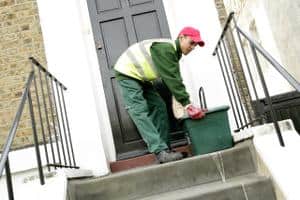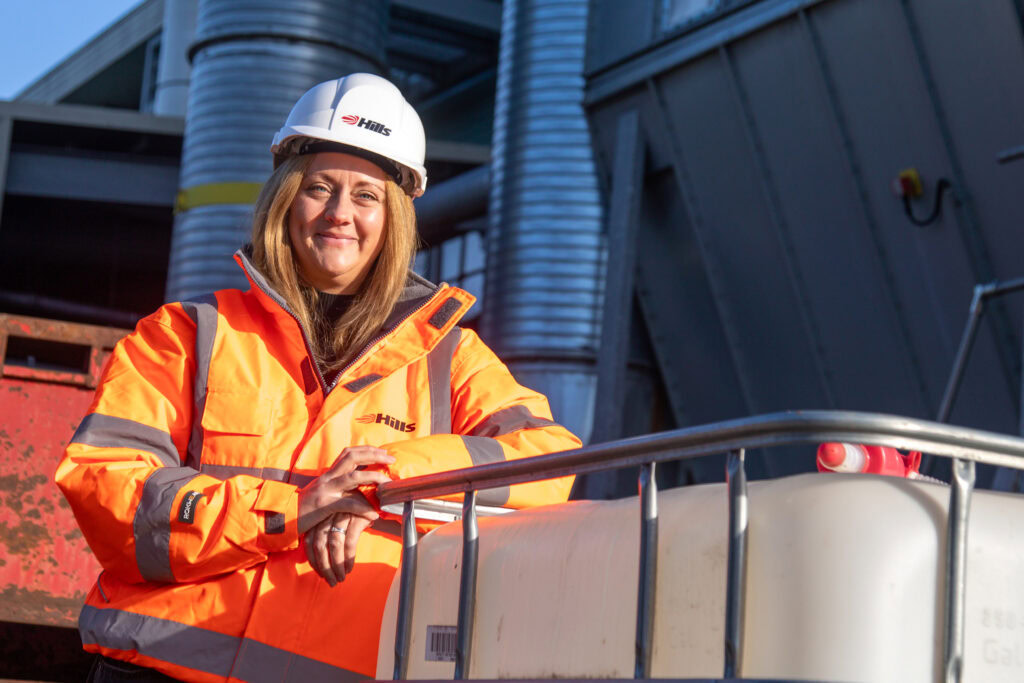The HSE has already devised a series of ‘metrics', which take into account the type of ill health and type of occupation, to collect data from local authorities.
Mr Mew said: “The idea is that if we have devised metrics which consider the types of injuries and type of occupation it is a lot more possible to get an indication of prevalence of ill health and first see if there is a problem and secondly, if there is a problem, how can it be tackled.”
The study has no particular focus, but is intended to cover “all areas” of the waste and recycling sector.
Mr Mew added: “There are some things we expect, like muscular-skeletal injuries from kerbside and also we may encounter things like dodgy tummies but how much of that is work related and how much is factors outside of work? We are very keen to publicise it obviously because the more people that adopt the metrics and are prepared to share data, then the more data we get and the easier it is.”
Mr Mew said that he would be reviewing the draft publication of the study this week, with the document set to be published “sometime in the autumn”.
Data
Information for the study has been largely collected from analysis of historical records of injuries and incidents given to the HSE by participating local authorities and through existing RIDDOR (Reporting of Injuries, Diseases and Dangerous Occurrences Regulations 1995) data.
The Waste Industry Safety and Health (WISH) Forum – a body dedicated to promoting health and safety in the sector – has also issued metrics to members to help them measure ill health incidents via a standard model.
Mr Mew said: “WISH has adopted a set of metrics that the individual WISH members now have, so at the end of the first 12 months the individual companies should report against these metrics so the data should be far better but realistically it may take time to perfect.”








Subscribe for free